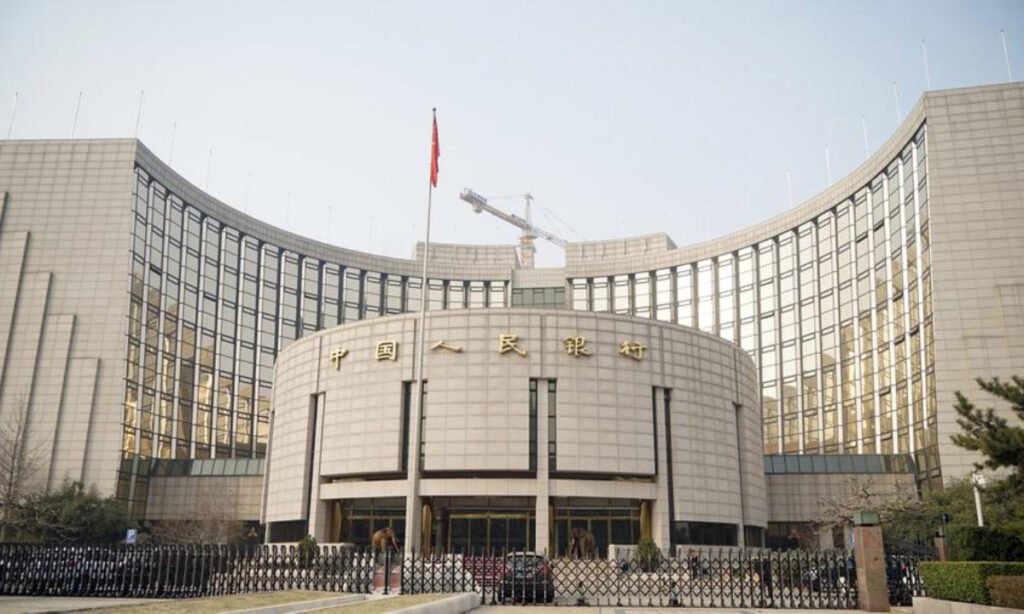
15 May, China
China’s central bank has cut the reserve requirement ratio (RRR) by 0.5 percentage points, releasing 1 trillion yuan into the financial system.
On May 15, the People’s Bank of China (PBOC) took a clear step to support its economy that was slowing down with a 0.5 percentage point cut to the reserve requirement ratio (RRR) for all banks. The action will free about 1 trillion yuan (about $139 billion) into the financial system to encourage lending and provide growth for the economy.
The cut to the RRR comes at a time when economic headwinds are mounting, not least falling new bank lending. Banks lent just 280 billion yuan of new loans in April, down from 3.64 trillion yuan in March, and well below analysts’ expectations of 700 billion yuan.
The slump is seen as partly due to trade tensions with the United States, the ongoing slump in property markets, and deflationary pressures.
The Governor, Pan Gongsheng, said the reduction to the RRR is part of a suite of “moderately loose” monetary policies designed to address the effects of global economic uncertainty and trade fragmentation.
The central bank also lowered the benchmark seven-day reverse repurchase rate by 0.1 percentage points from 1.5% to 1.4%, to further soften monetary conditions.
In addition to the across-the-board RRR reduction, the PBOC has also lowered the interest rates on re-lending and rediscounting by 0.25 percentage point to favor agriculture and small firms. The special measures are designed to alleviate the financing difficulties facing some sectors critical to the real economy.
The central bank also signaled intentions to ease loan terms to operating real estate firms, to help shore up stability in the country’s ailing property market.
This included intentions to assist “high-quality” real estate businesses to make better use of existing assets and to put more of their funds to use.
The financial markets embraced the stimulus measures taken by regulators. The Hang Seng Index surged 3.56%, and the Hang Seng Tech Index climbed by 4.24% immediately after the news.
A-shares also made gains on the positive announcement, with all three major indexes higher at the close.
While the near-term benefits have been visible, several analysts point to highlight the actual potential of the RRR cut lacks power without fiscal stimulus. Consumer spending remains weak, and structural issues continue around local government debt and the property crisis. Economic confidence continues to be weak.
The People’s Bank of China (PBOC) loosening its RRR is a notable move in China’s attempt to stabilize its economy, given the internal and external headwinds it faces.
Even though the PBOC’s injection of 1 trillion yuan in liquidity is meant to improve credit conditions for the real economy and support core sectors, the overall impact on economic growth will ultimately depend on the ability to deploy complementary fiscal policies and structural adjustments.
Keep reading Questiqa.com




